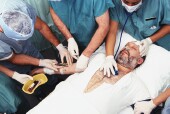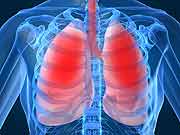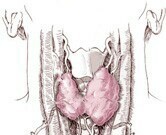Aerobic Fitness Can Predict Post-Op Complications in AAA Repair
Cardiopulmonary exercise testing variables can predict different postoperative complications
Anemia Linked to Adverse Outcomes in Atrial Fibrillation
Increased risk of thromboembolic events, bleeding complications, mortality during anticoagulant tx
Wound Leak Critical Complication Post Open Globe Repair
Stellate-shaped wound and delayed presentation associated with post-op wound leak
AHA: Fried Food Intake Tied to Heart Failure Risk in Physicians
Eaten regularly, fried foods might boost chances as much as 68 percent
Sedative Pre-Anesthesia Doesn’t Increase Patient Satisfaction
Trend in the United States is not to give patients these meds before procedure
Use of Anticholinergic Meds May Up Pneumonia Risk for Elderly
But more research is needed
Study Challenges Management of Benign Thyroid Nodules
Five-year follow-up shows the overwhelming majority remain harmless
Estimates of Childhood ADHD Worldwide Differ Significantly
New research suggest about 7 percent of children worldwide have ADHD
In Vitro Fertilization Birth Rates Continue to Rise
With drop in number of multiple embryo transfers, twin and triplet birth rates
Acetaminophen Risks May Be Underestimated
Researchers call for a new systematic review of acetaminophen's effectiveness and safety














